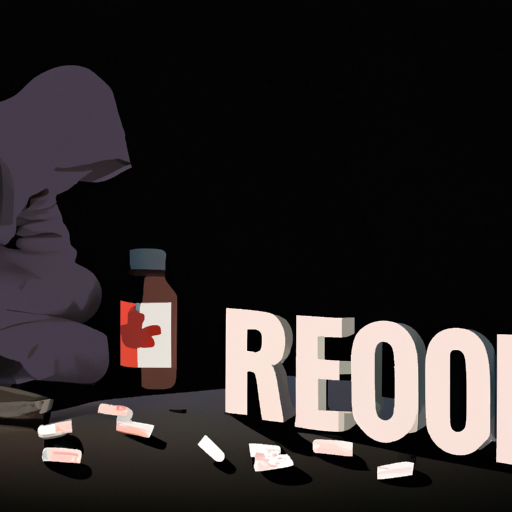Canadian Opioid Crisis: A Look at Measures Taken to Address the Menace
I am scratching the surface of a pertinent issue that has swept across Canada rendering many helpless and producing a ripple effect sparking off a range of societal issues. We are talking about the opioid crisis.
The crisis climaxed into a massive opioid class-action lawsuit which could see local governments in Canada receiving approximately $102 million to help offset the societal impacts caused by this crisis. But before we delve into the details, it is imperative we understand the situation at hand.
The Opioid Crisis
The story of the opioid crisis traces back to the late 1990s when an expansion in the availability and use of powerful opioid painkillers transpired. Initially aimed for patients dealing with chronic pain problems caused by conditions like cancer, gradually, these opioids were prescribed more liberally. This kicked off an epidemic of opioid misuse and associated overdose deaths, which continue to beleaguer the nation.
On a microscopic level, opioid overdose not only affects the victim but sets off a series of repercussions such as increase in crime and homelessness, burdening an already strained system.
The Canadian Opioid Crisis: A Brief Overview
Drawing parallels from an article published by CityNews Toronto, it is apparent that the scenario isn’t too different in Canada. As the opioid crisis deepened, casualties escalated and so did several associated societal issues.
However, the unique aspect of the Canadian opioid crisis is the opioid class action lawsuit initiated against pharmaceutical companies asserting that they were negligent in advertising and marketing the drugs. This lawsuit is positioned to allocate substantial funds to fight the crisis on various fronts. This step mirrors the actions taken by Ohio authorities as covered in the linked article.
Efforts to Address the Crisis
The anticipated funds from the opioid class action suit are anticipated to be used across several Canadian provinces. The dispersion of these funds is targeted at:
- Conducting public health campaigns against the misuse of powerful painkillers
- Funding treatment programs for people suffering from drug addiction
- Compensating resources consumed by emergency services in response to opioid overdoses
- Supporting additional supported housing for the homeless
- Expanding the provision of naloxone, a drug that can reverse the effects of an opioid overdose
Casting our glance at Canada’s neighbour, Ohio, we see some exemplary steps taken to administer settlement funds from opioid lawsuits:
- Money was used to establish a foundation to fund addiction science research
- Funding was devoted to creating more drug courts and expanding current ones
- Distribution of naloxone to reverse opioid overdoses
These steps rationalize a well-rounded approach towards addressing the issue – from prevention and education, to support and treatment and finally, legal recourse for the victims.
Closing Thoughts
At its core, the opioid crisis is a complex and multifaceted public health issue that requires a similarly robust and all-encompassing response. Funds procured from the global settlement would certainly pave the path for initiating necessary reforms.
Let us not forget, societal shifts do not happen overnight, but with a sustained and committed effort across various sectors. Through this article, we aim to spread awareness and advocate for a collective and proactive role in undoing the harm caused by the opioid crisis.
Even at our individual levels, we must remain vigilant, informed, and supportive to those adversely impacted by this crisis. After all, the robustness of a society is tested not in the best of times, but amidst the worst.
